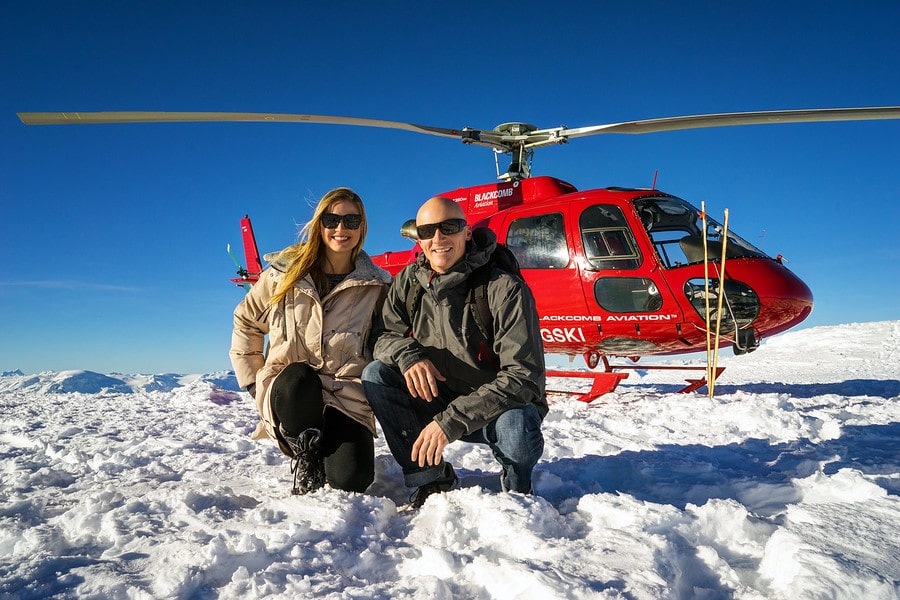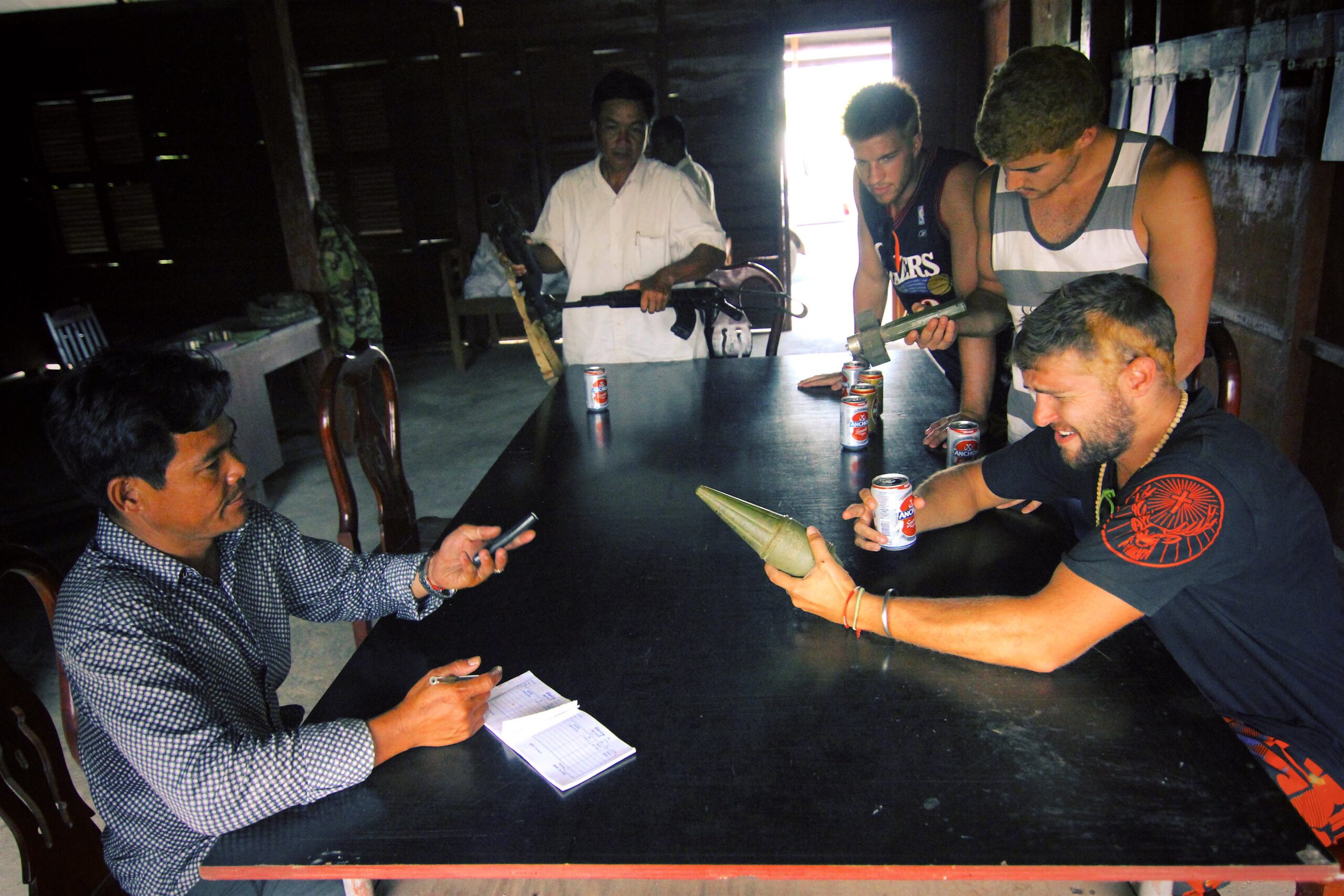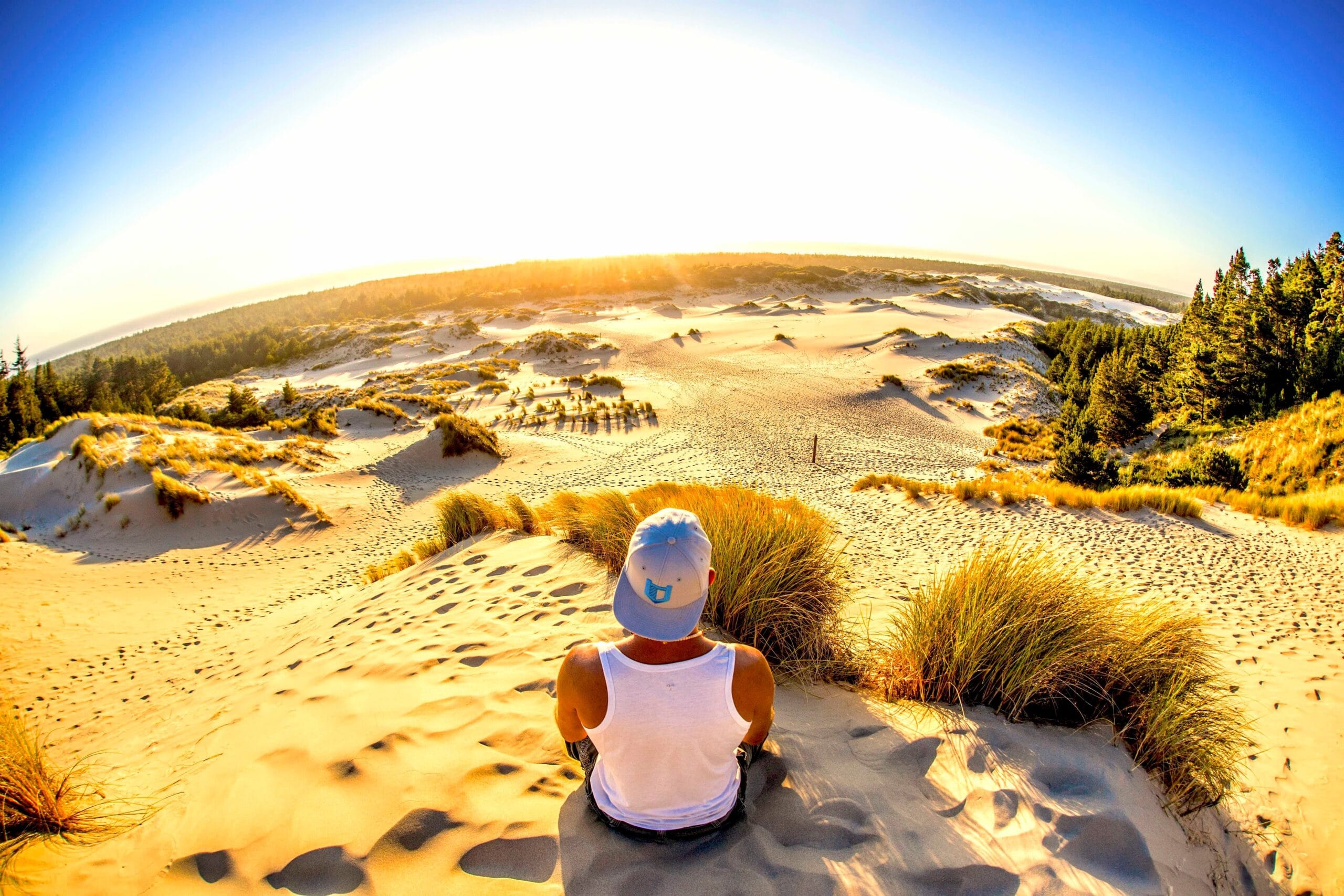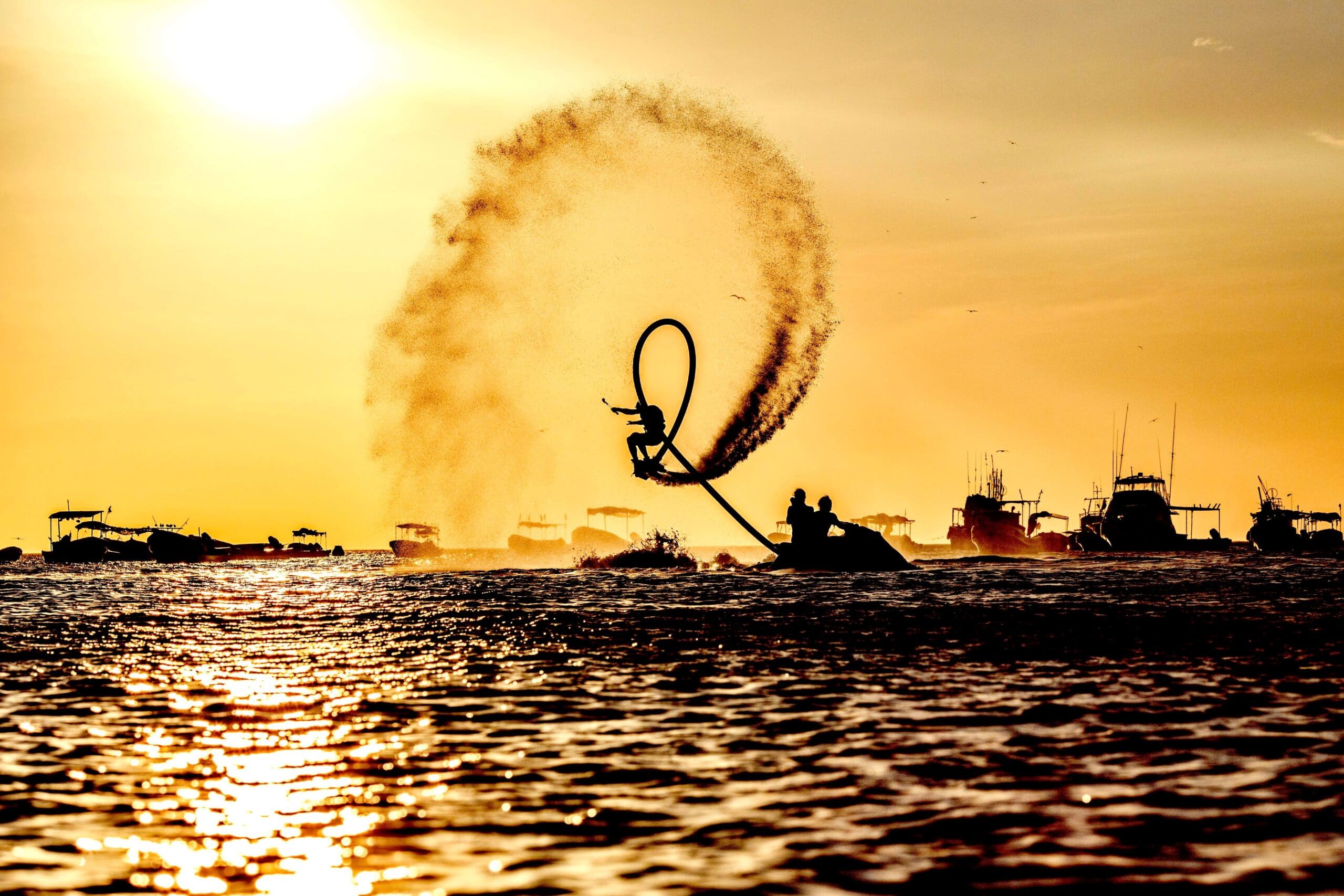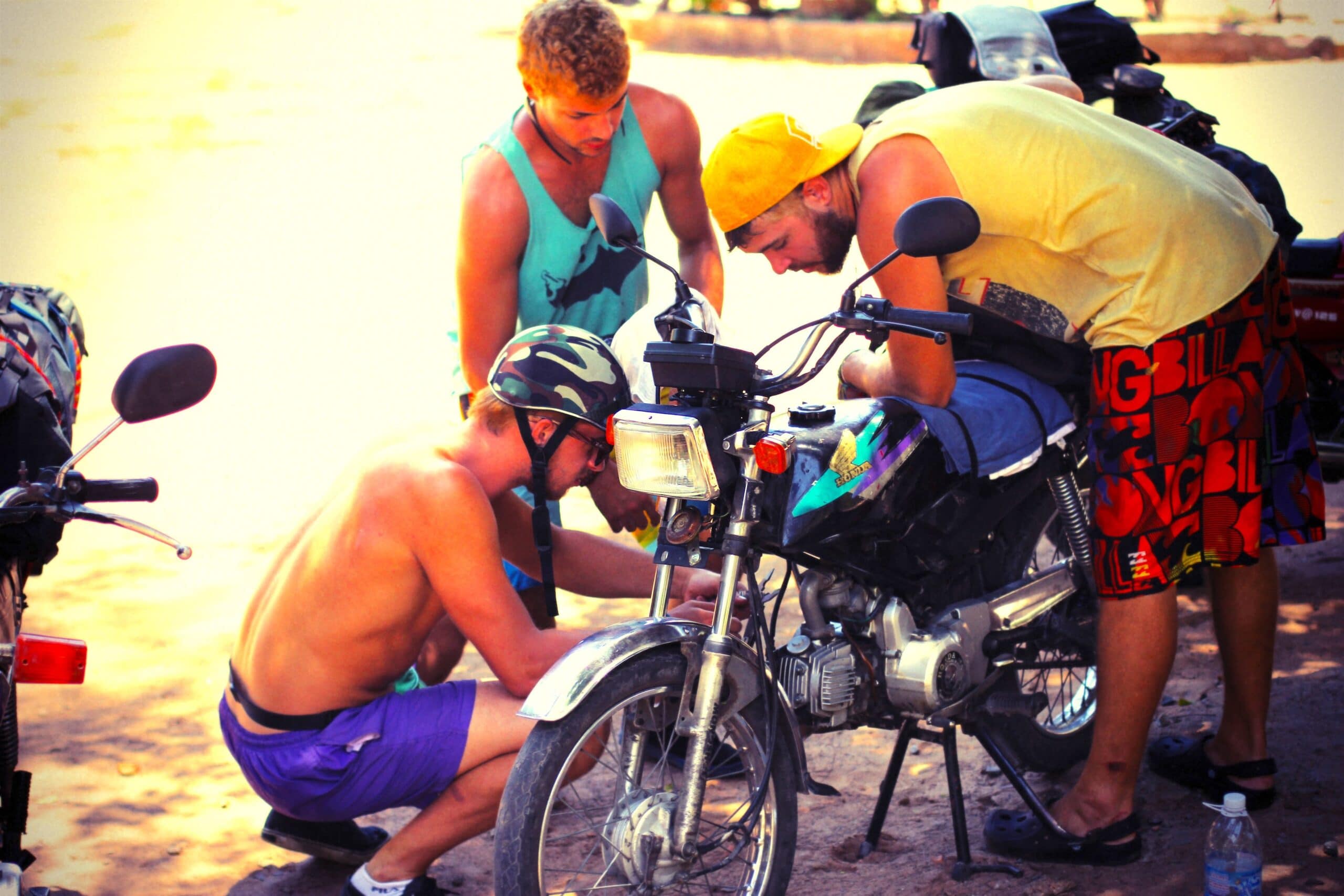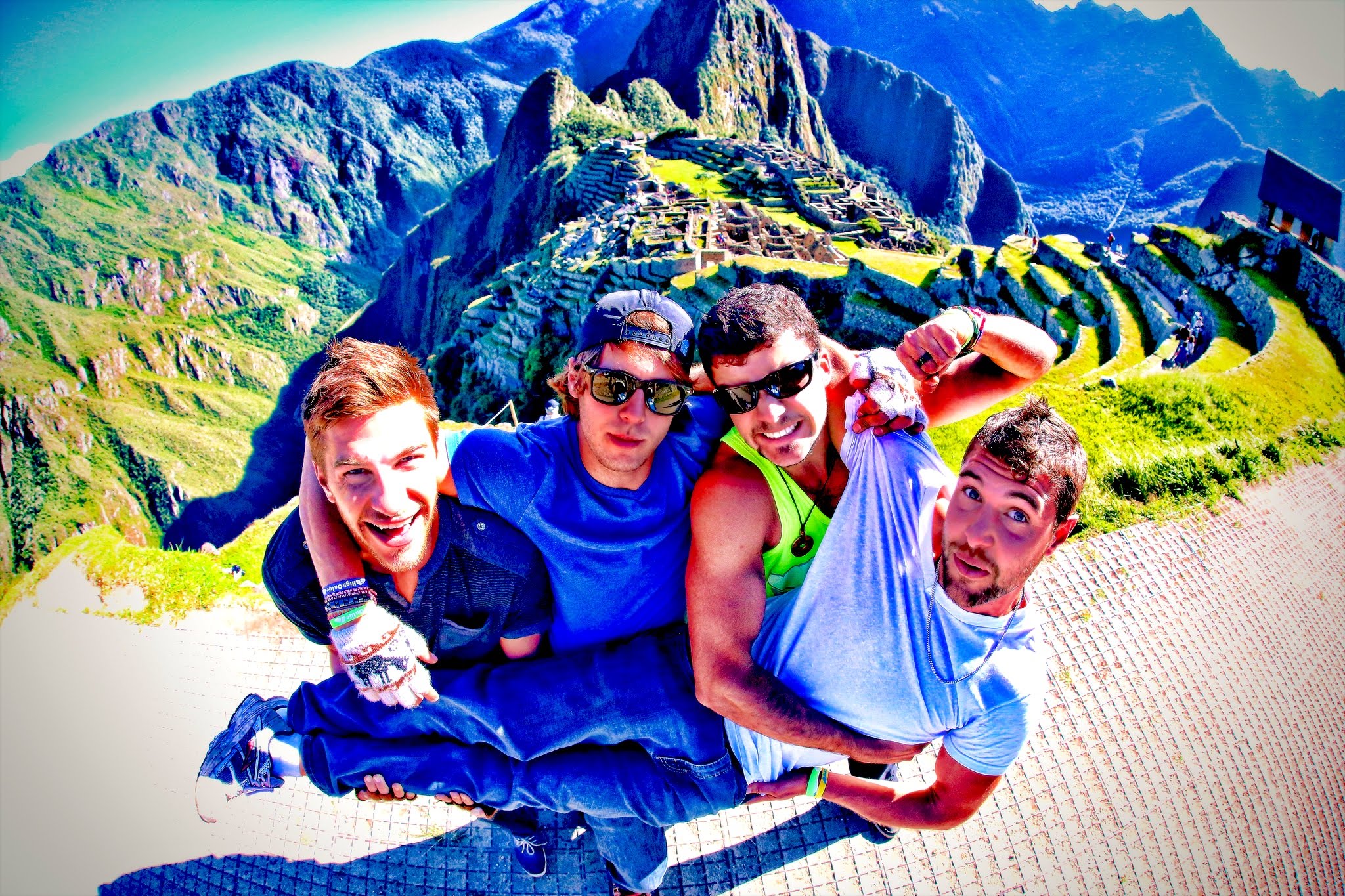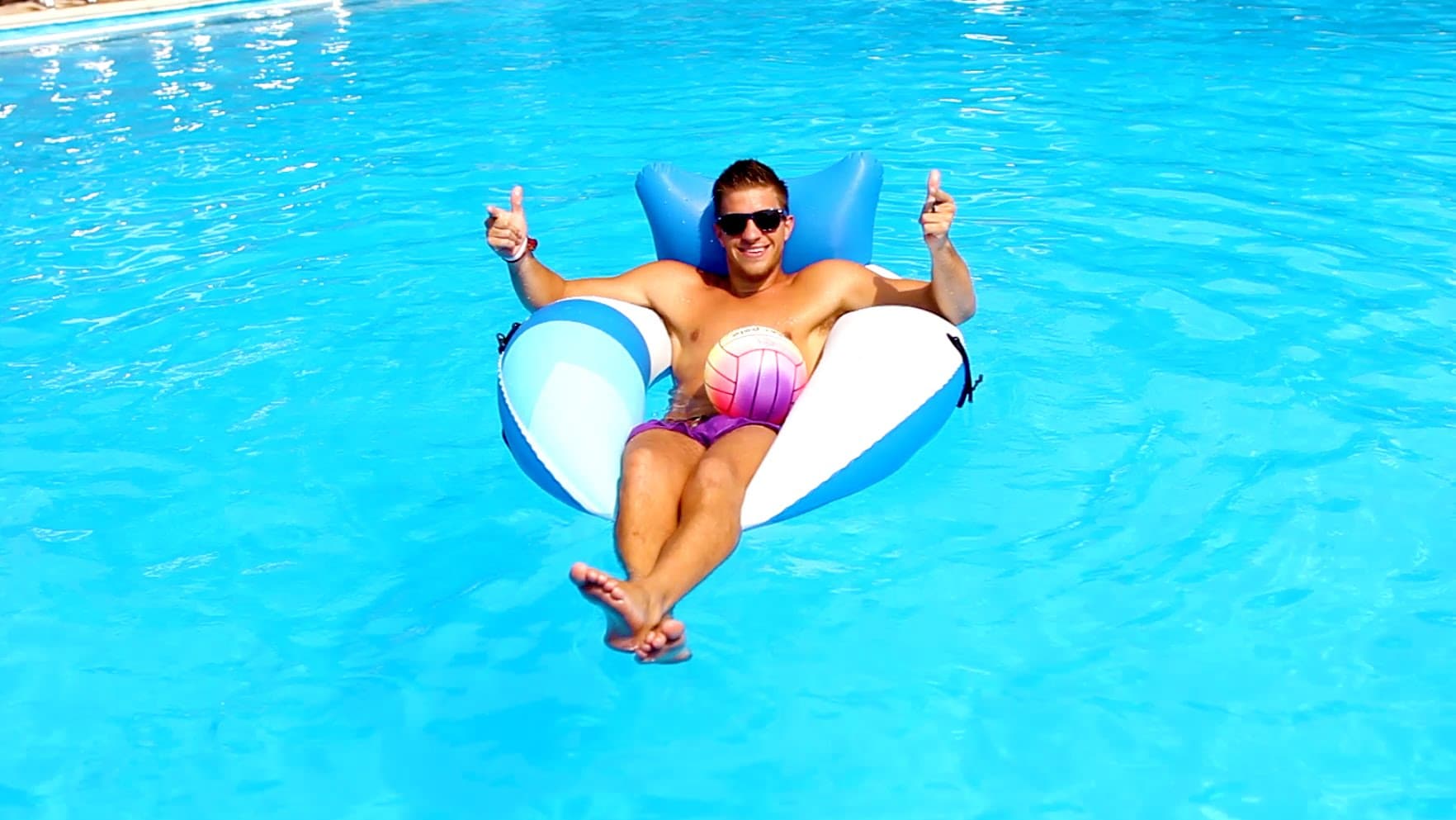Scheduling a Guided Tour in Mexico
Each year, a large number of individuals, couples, and families make the decision to travel to Mexico. Most have visited Mexico before. If you are planning a Mexico vacation, and you have never been there before, you may have some concerns. You may be wondering what places are safe for you to visit.
Mexico is like all other countries. There are areas that are known as tourists attractions and then there are other areas that tourists are advised to stay away from. You can easily learn about these areas online. Researching every city and town in Mexico is a long and daunting process. To save time and a costly vacation mistake, you are encouraged to examine the benefits of taking a guided Mexico tour.
Perhaps the greatest benefit of booking a guided tour in Mexico is that you will be with a local who is familiar with the area. Guided tours are held in areas that are considered safe. In addition to showing you around certain areas of Mexico, your tour guide may be able to offer you additional travel tips and suggestions. These suggestions may help you with your vacation after your guide has ended.
If you are interested in taking a guided Mexican tour, you will have to find the tour company which you wish to do business with. There are a large nubmer of guided tour companies in the area. If you do not have a preference as to which company you’d like to tour with, you may want to first search for a destination. The destination you select will be important in determining what you will learn and see while on a guided tour.
Many guided tours take place in Cooper Canyon, the Oaxaca Mountains, the Yucatan Peninsula and Baja. In Mexico, Baja is most known for its water activities. Many popular guided tours include whale watching and kayaking. Whether you set out to watch the whales or you select a kayaking tour, you are sure to see Gray whales. Many times, they will come right up to your boat, making for great pictures or video footage.
Cooper Canyon and the Oaxaca Mountains are guided tours that are ideal for those that love to hike. To participate in these tours, it is advised that you receive the proper health clearance. You tour will likely follow trails, but much of the terrain can be rough. The Yucatan Peninsula is ideal for travelers who wish to learn more about the ancient history of Mexico.
The above mentioned destinations in Mexico are just a few of the many. Guided tours are found all across Mexico. If there is particular topic or activity that interests you, you are sure to find a guided tour that will offer you excitement. Hikers often select a hiking tour, boats often opt for boat tours, and history lovers often select tours that focus on the history of Mexico.
In addition to selecting where you’d like to go on a guided tour, you will also need to determine how long you’d like that tour to be. In Mexico, guided tours can last as long as one day or over one week. You should easily be able to determine how long a guided tour is by looking at the price. Weeklong guided tours can cost thousands of dollars, but most of your accommodations are taken care of. Some guided tours can be considered all-inclusive vacations.
Journey Mexico, Siesta Tours, and Ufly Mexico are three of the most well-known guided tour companies in Mexico. You can examine the tours found by these three companies by visiting their online websites or by requesting free travel brochures. If you are interested in finding additional tours, your local travel agent may be able to offer you assistance.
By selecting a guided tour of Mexico, you do not always have to be looking over your shoulder. Vacationing in a safe area with an experienced tour guide is about as carefree as your Mexico vacation can get.
PPPPP
Word Count 665

